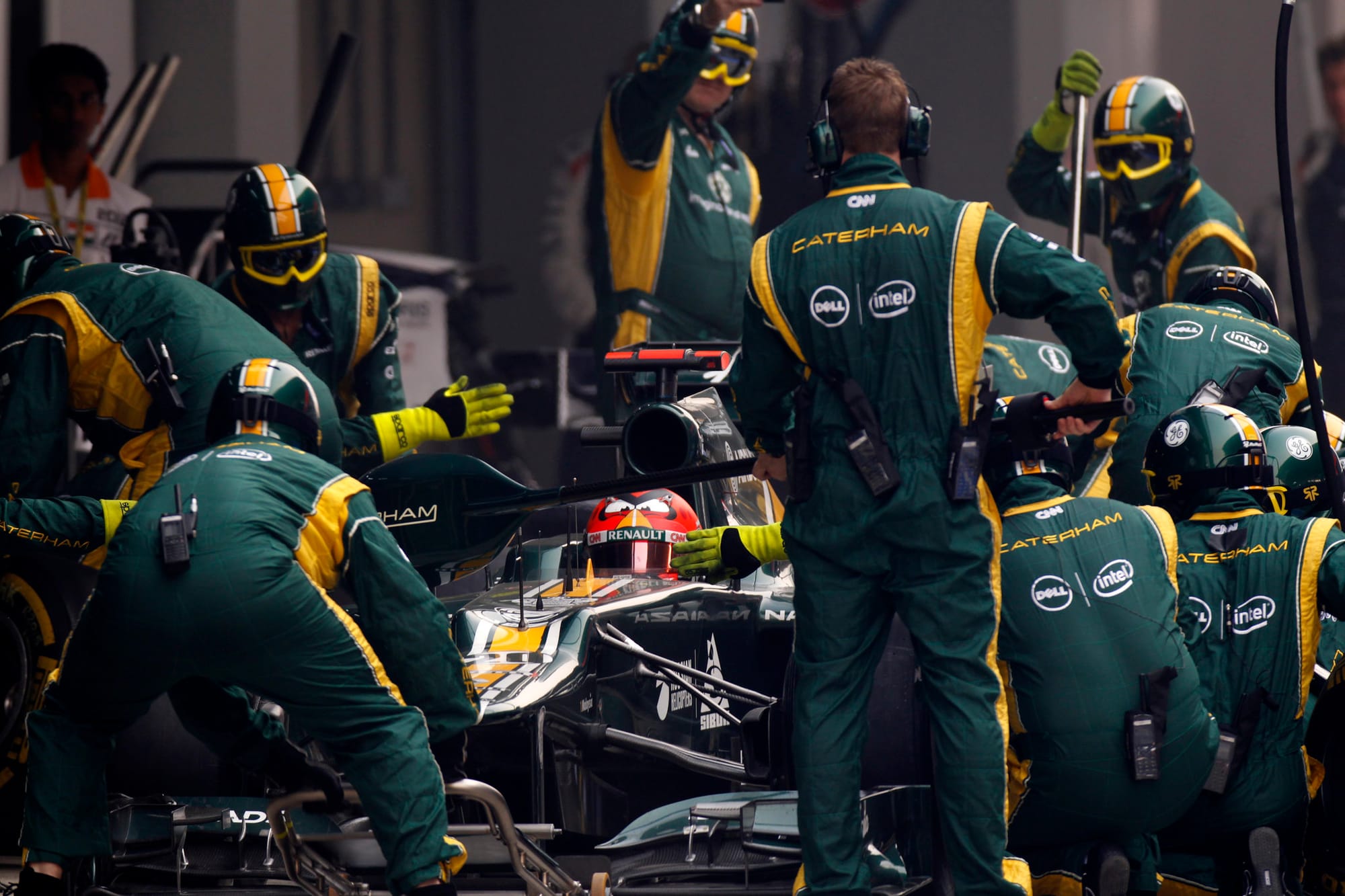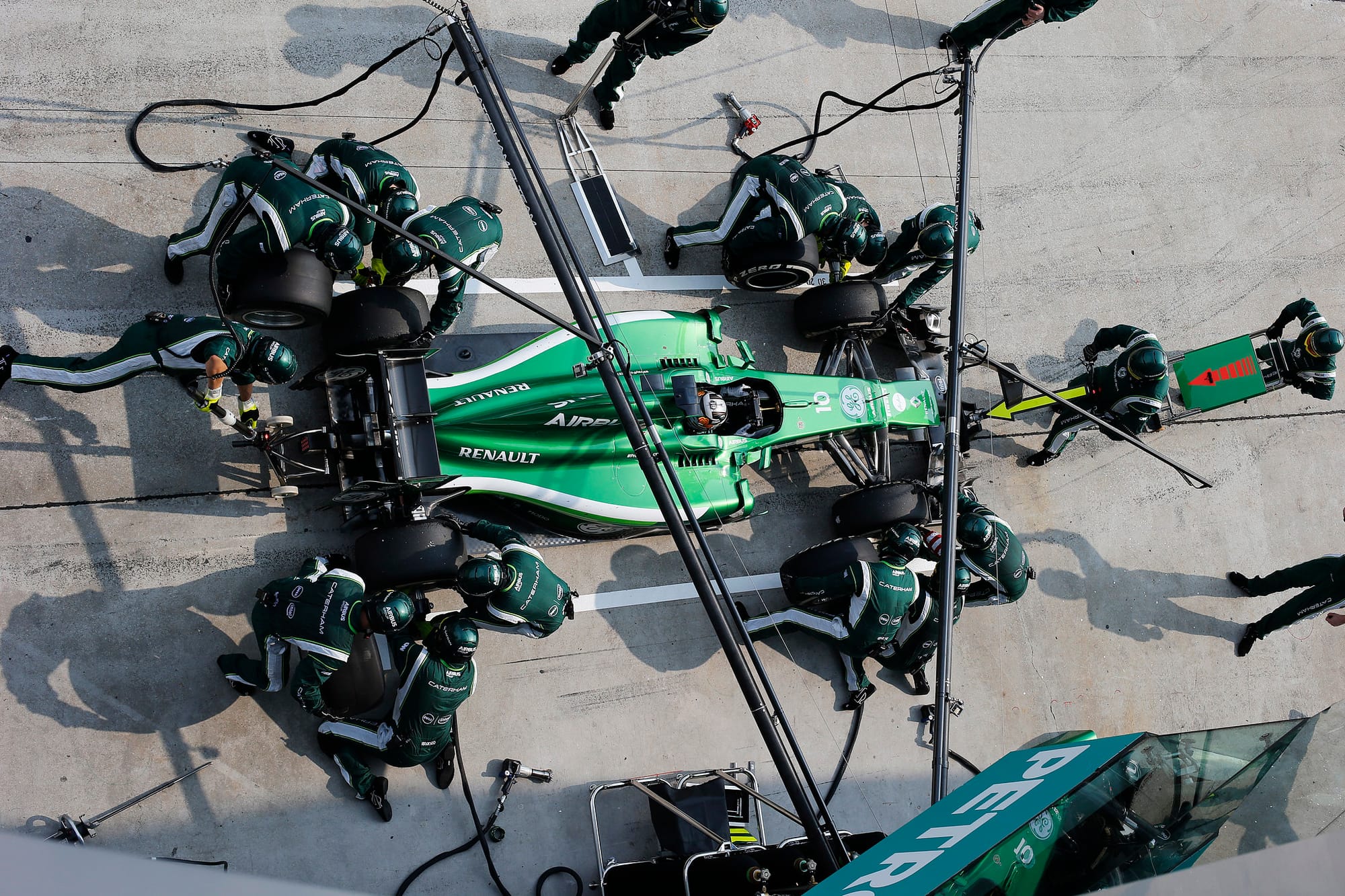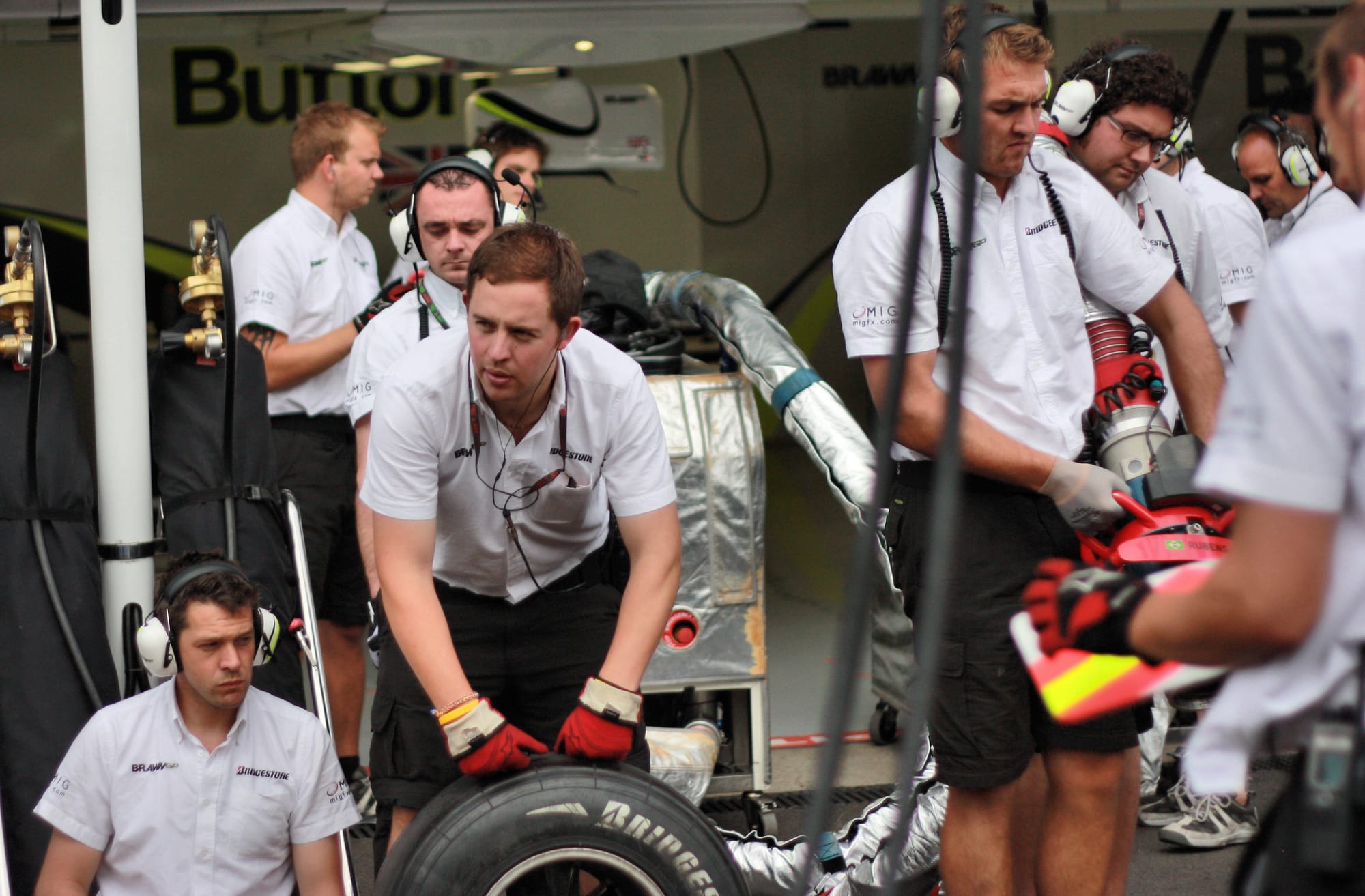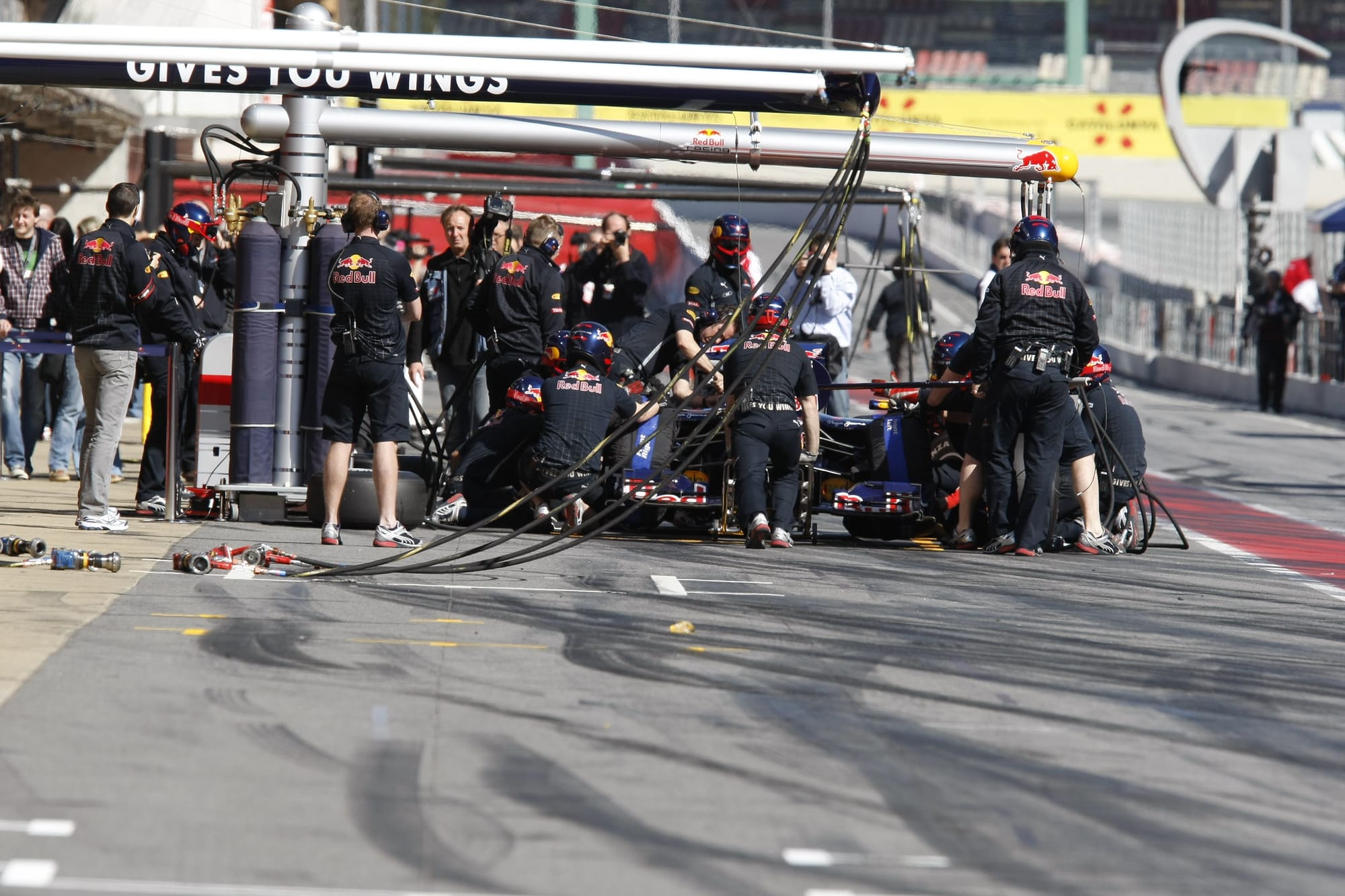Why Formula 1 Refueling Was Removed: A Safety-Driven Decision
The removal of refueling was a safety-driven decision, but it changed the way race strategies were done.

Formula 1, the pinnacle of motorsport, has witnessed numerous changes over the years, technical, strategic, and safety-related. One significant alteration that shaped the sport’s dynamics was the removal of refueling during races. Juan Manuel Fangio won the 1957 German Grand Prix after deciding to make a pitstop for fuel and tires mid race. It was the first time that such a strategy had been intentionally used to win a Grand Prix, but that statistic is often forgotten in the excitement surrounding Fangio’s last win, which he only claimed on the final lap. That first pitstop had not gone particularly well and Fangio would probably have won the race easily without it, which might explain why no other team tried using refueling as a strategy until 25 years later.

The Era of Refueling: For decades, refueling was an integral part of Formula 1 races. Cars would pull into the pits, and skilled crews would pour inflammable fuel into the tanks. Teams strategized around refueling periods. Lighter cars meant faster laps, but the process took time. The delicate balance between fuel load and tire life defined race execution.
Safety Concerns: Refueling posed significant safety risks. Pouring fuel into a hot machine was a recipe for disaster. Minor spills could ignite fires. Almost every season witnessed incidents, small fires breaking out due to fuel spillage. In 2009, Kimi Räikkönen suffered minor burns in Brazil. Felipe Massa’s disastrous pitstop in Singapore cost him the title.

Cost Reduction and Efficiency: The ban on refueling aimed also to reduce costs. Teams no longer needed specialized refueling equipment and personnel. Efficiency became paramount. Cars had to perform heavier with a full tank of fuel, challenging engineers and drivers alike.
The 2009 Ban: In 1982, Gordon Murray from Brabham team, refueled again mid race to obtain better performances on the track with a lower fuel load in the car. The FIA soon banned refueling, starting with the 1984 season, but refueling was permitted again between 1994 and 2009. At the end of the 2009 season, refueling was officially banned. The FIA prioritized safety and streamlined regulations. Cars could no longer come into the pits for refueling, a move that reshaped race dynamics and safeguarded lives. Drivers had to manage the fuel load throughout the race.

In hindsight, the removal of refueling was a safety-driven decision, but it changed the way race strategies were done. Formula 1 continues to evolve, but the fiery pitstops of the past remain etched in its history.

